
A look at what it is, with a modern day interpretation
A practical guide to understanding and using the PPP model
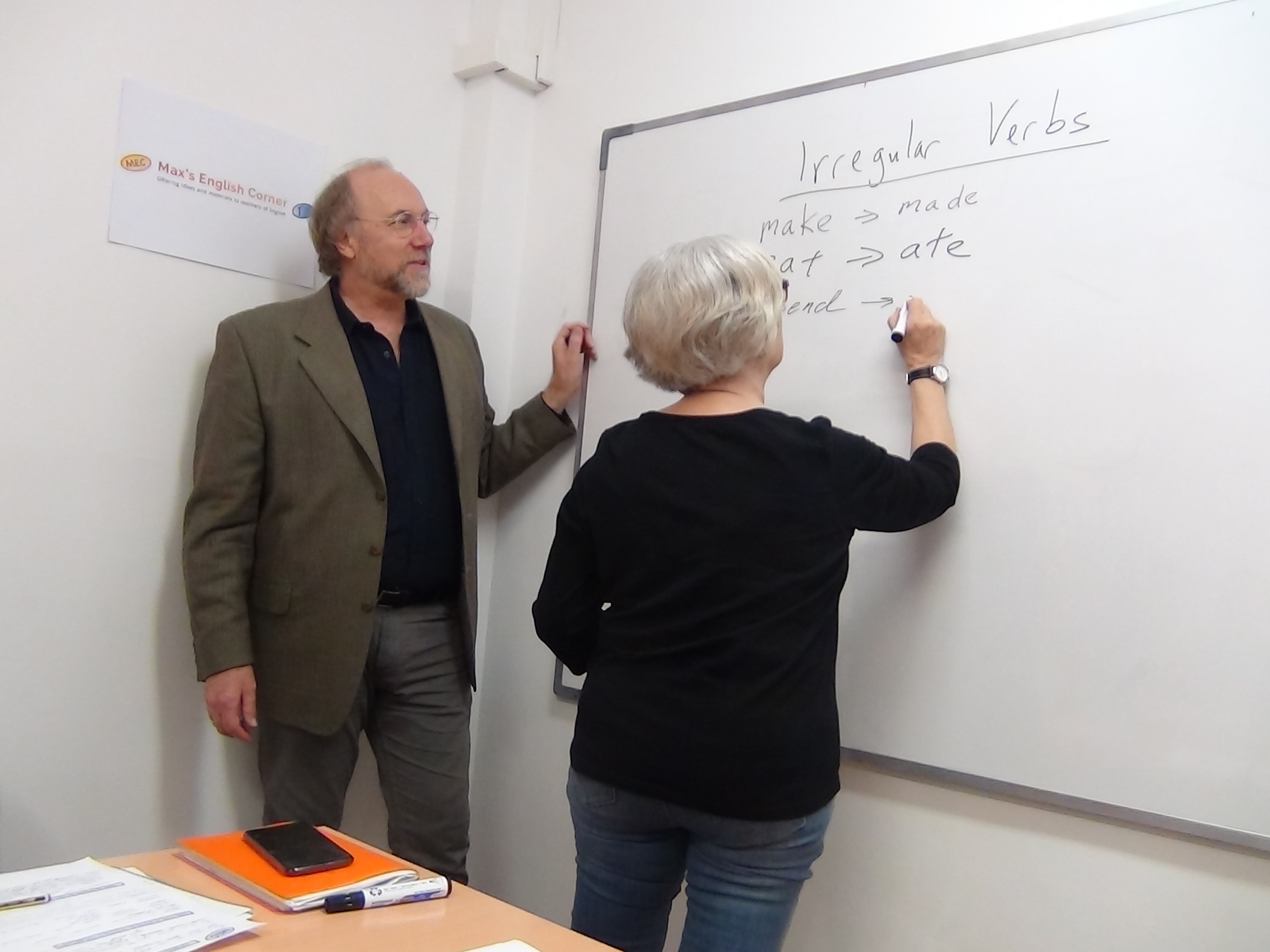
Welcome!
This ‘article’ is quite extensive and you are invited to check out the whole of it, or any particular parts that might catch your attention. It’s a look at the PPP model which is very frequently used in courses to help provide teachers with a way to approach and plan for their classes.
Language instruction has changed a lot over the recent decades with a much greater emphasis on student involvement. The PPP model still stands as a solid reference, but since its inception, there have been various interpretations to accommodate the new focus that current trends encourage. The model presented here has such an interpretation and is explained in the article.
It is presented in three parts: becoming familiar with the concepts and some basic terminology, watching a class being taught following a PPP lesson plan, and finally a number of suggestions for teachers who would like to try or develop their lesson planning using this model. These three sections are accessed in the three columns below. Before you begin, you might like to check out a quick overview here.
USING THE PPP MODEL
A full detailed look at lesson planning using this model
UNDERSTANDING
THE PPP MODEL
A look at what the PPP model is, including those parts that make it up, some common questions people have about it and an alternative version which is more appropriate for a reading or listening lesson plan.
OBSERVING
A CLASS
A video of a class being taught following the PPP model. The class is broken down into progressive segments, one following the other. Each segment looks at how it relates to that stage in the class, how the lesson plan reflects the concepts of the PPP model, a video of that respective portion of the class, and some observations on how well that part went.
WRITING
A LESSON PLAN
Some ideas to help you in writing your own lesson plans. This includes a number of tips, several examples of lesson plans to refer to, a ‘challenge’ to see how your lesson planning skills can be applied, and a handy ‘cheat sheet’ to refer to when planning your classes that includes some reminders and suggested activities for each stage.
summary of section
A look at one particular lesson plan section by section, both in its planning and in its execution in the real classroom. Each section contains a review of how it could be done in general, how this particular section was planned, a video of how it went in the class and concluding comments.
The Lesson Plan in Action
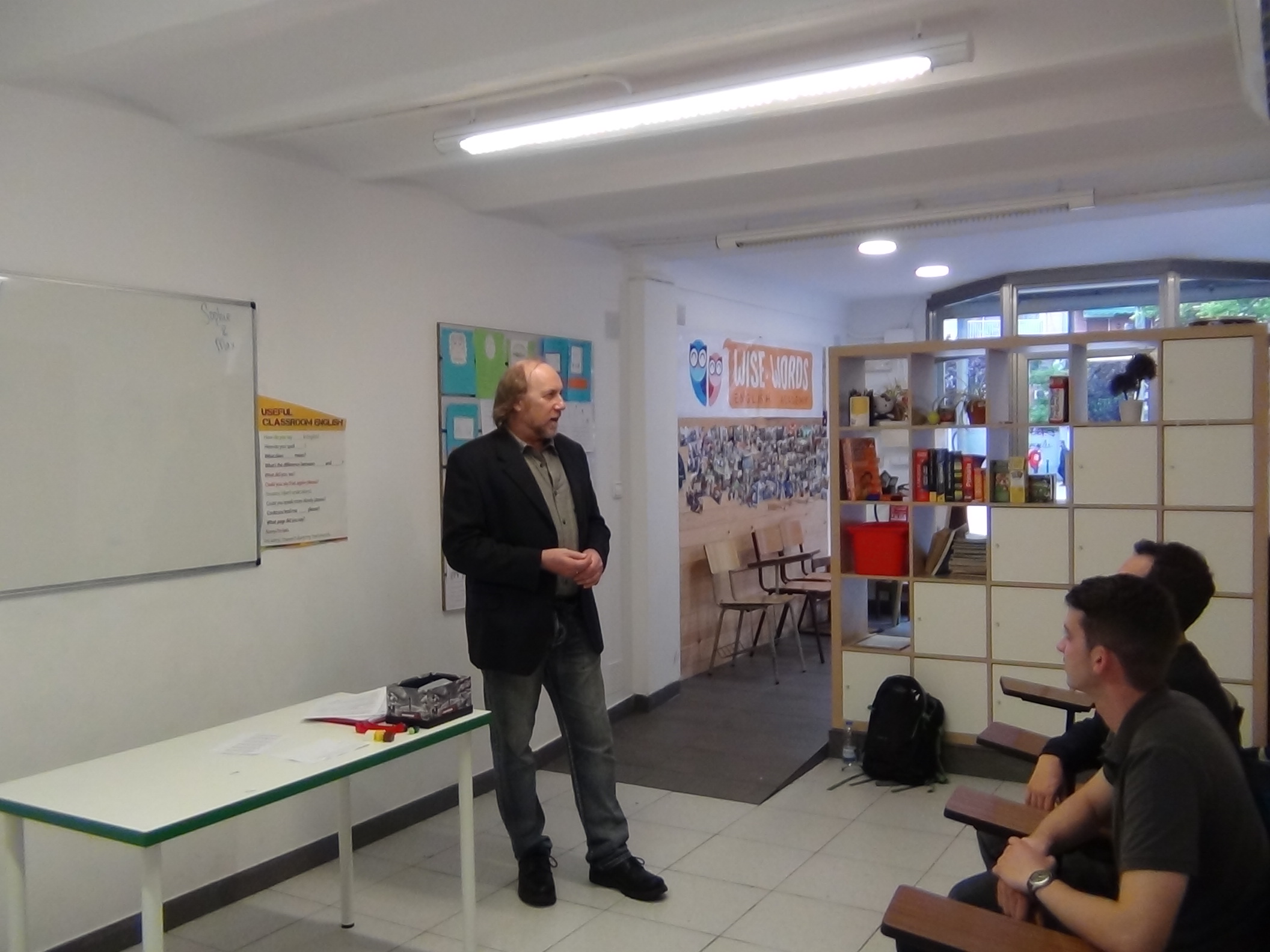
summary of section
Some guidelines & tips on how you can plan your classes using this model
Writing Your Own Lesson Plan
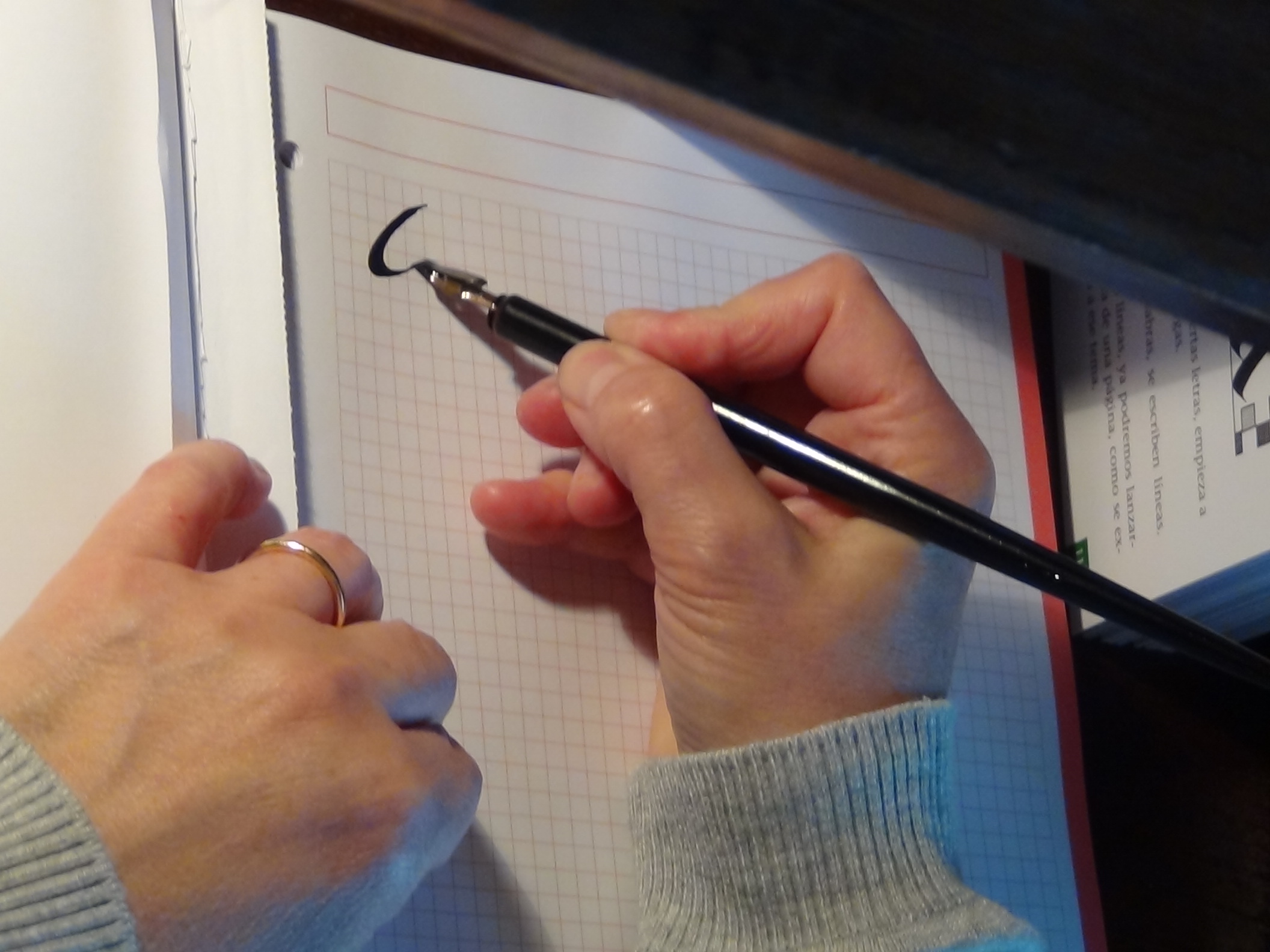
summary of section
Questions about the PPP model as well as about TEFL / TESOL certificate courses
FAQs

summary of section
A few lesson plans to show how one could prepare for their classes. Four of the examples come with a challenge where the viewer is invited to write out his or her lesson plan to compare with the one provided.
Examples of PPP lesson plans
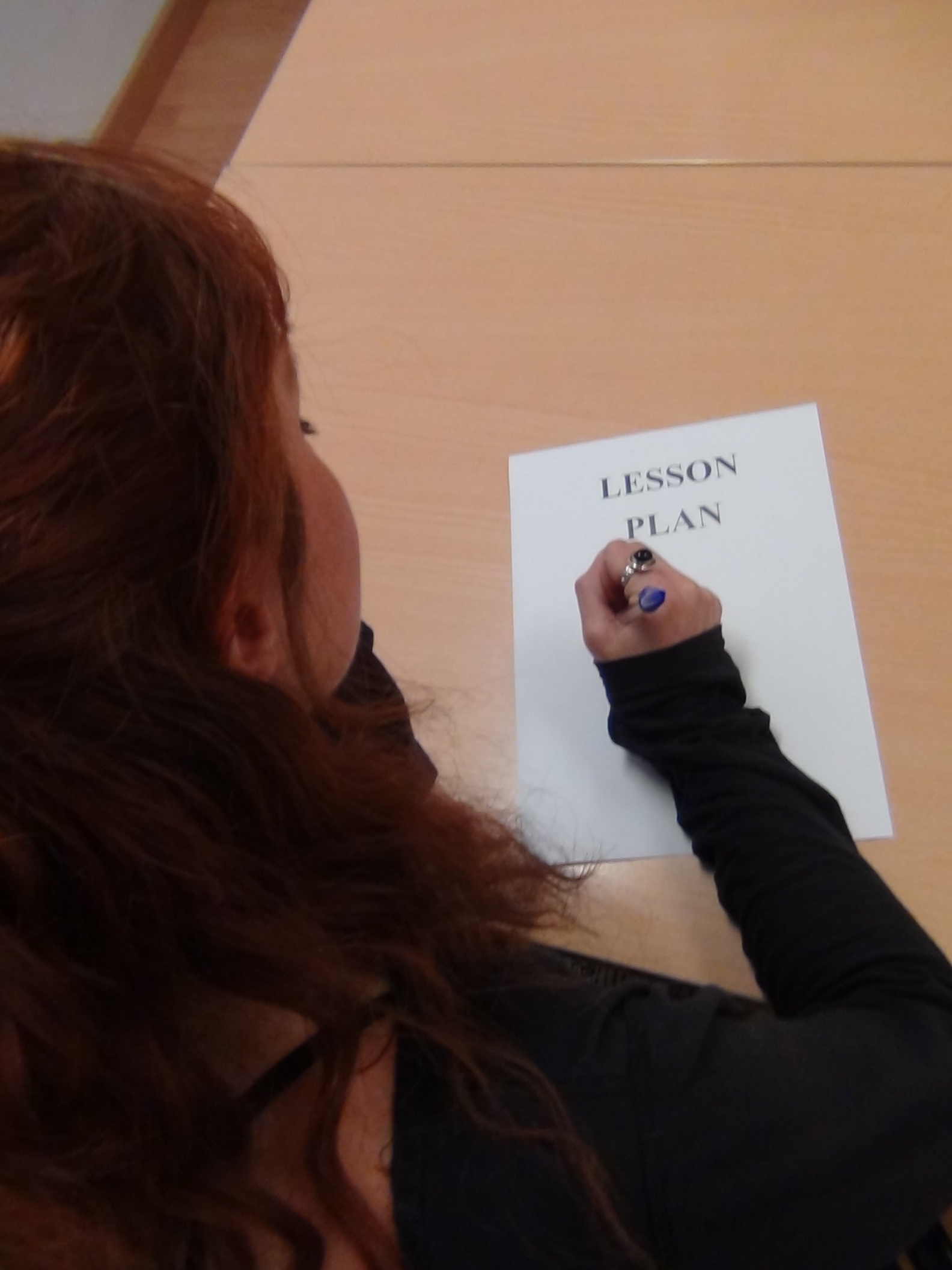
summary of section
A different version of the PPP model for reading, listening or video lesson plans
The PWP Model
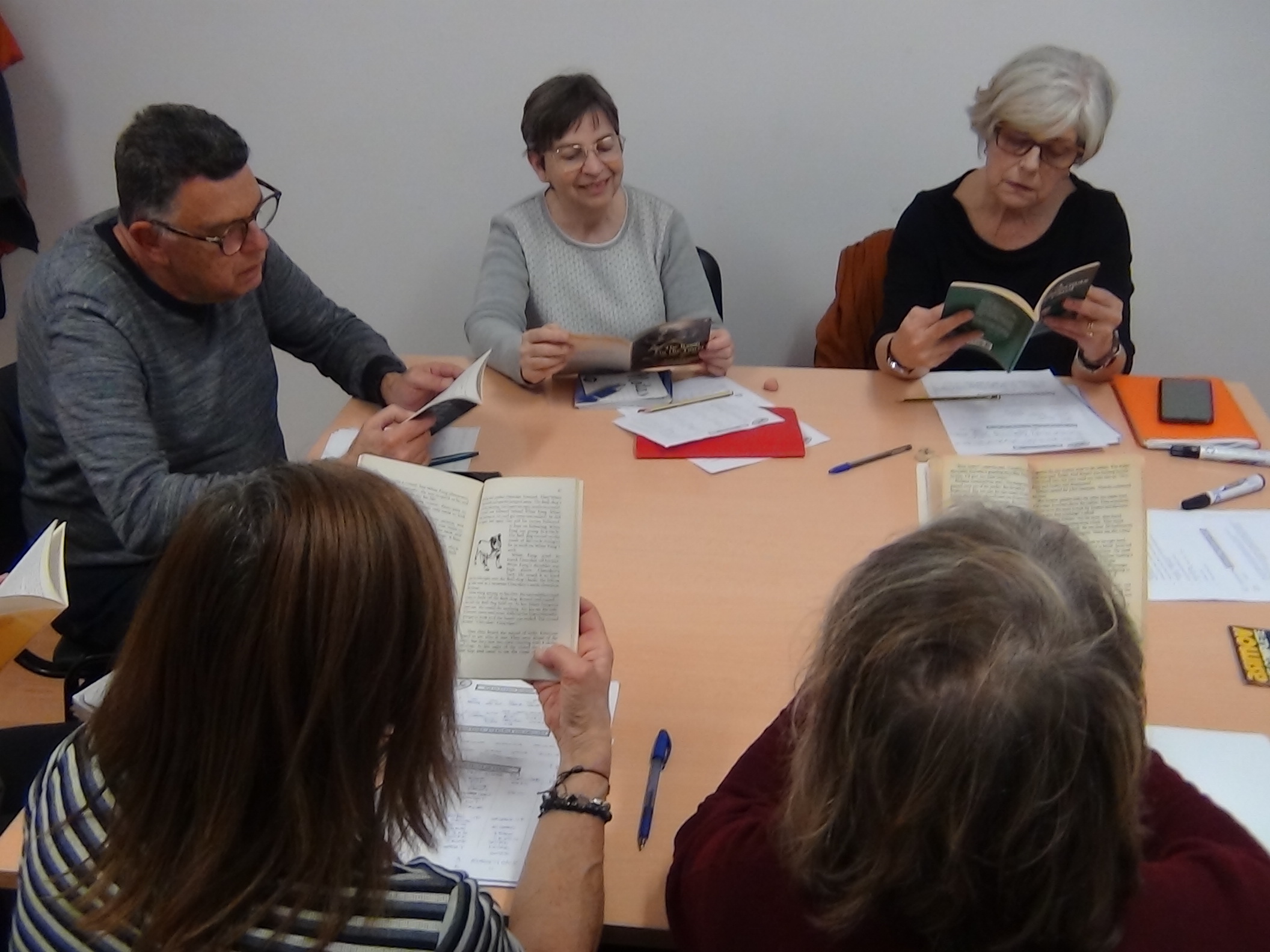
As you can see, there are six major sections, each with their own explanations and examples. I hope that you find something relevant to your interests or needs. Feel free to browse around the website. You might find something else to your liking.
Have a good one!
Warm wishes,
Max Maximchuk

